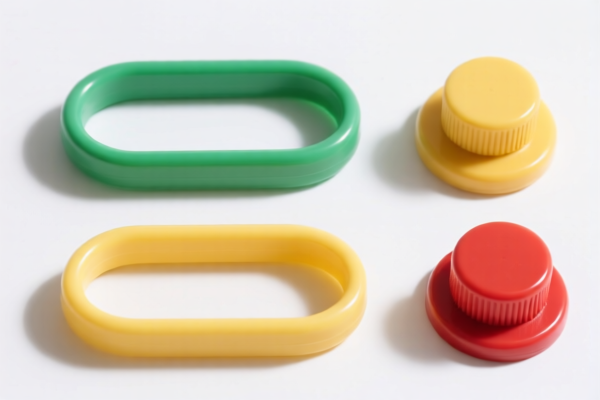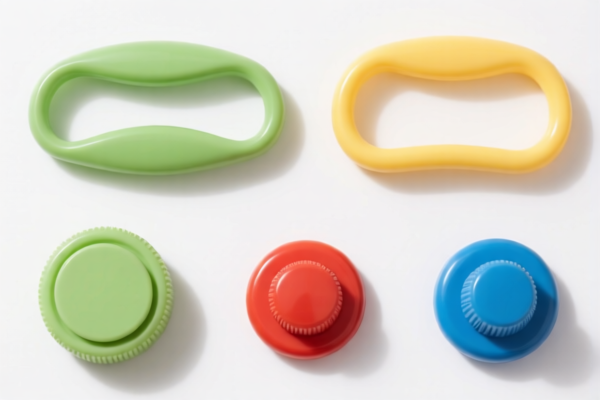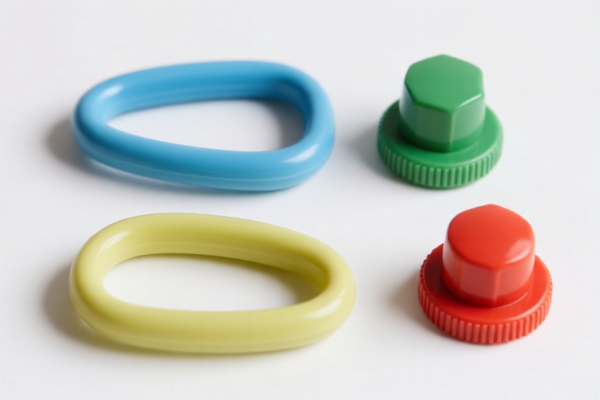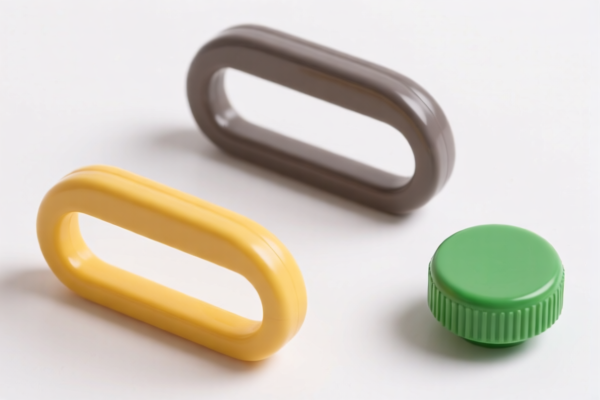| HS Code | Official Doc | Tariff Rate | Origin | Destination | Effective Date |
|---|---|---|---|---|---|
| 8424490000 | Doc | 57.4% | CN | US | 2025-05-12 |
| 8424899000 | Doc | 56.8% | CN | US | 2025-05-12 |
| 3923900080 | Doc | 58.0% | CN | US | 2025-05-12 |




Dust Sprinkler
A dust sprinkler is a device used to disperse liquids, typically water or a mixture of water and chemicals, in a fine spray. These devices are employed across a range of applications, from agricultural irrigation to fire suppression and industrial dust control.
Materials
Dust sprinklers are constructed from a variety of materials depending on the intended use and budget. Common materials include:
- Metals: Brass, aluminum, and stainless steel are frequently used for their durability and corrosion resistance, particularly in agricultural and industrial settings.
- Plastics: PVC, polypropylene, and other polymers are utilized for lighter-duty applications and lower-cost models. These are common in residential lawn and garden sprinklers.
- Rubber: Often found in nozzle components for flexibility and sealing.
Purpose and Function
The primary purpose of a dust sprinkler is to distribute liquid evenly over a specified area. The function is achieved through several mechanisms:
- Pressure Regulation: Sprinklers require a consistent water pressure to operate effectively. Many incorporate pressure regulators to maintain a stable spray pattern.
- Nozzle Design: The shape and size of the nozzle(s) determine the spray pattern, droplet size, and coverage area.
- Distribution Mechanism: Different designs utilize various methods to distribute the liquid, including rotating arms, oscillating patterns, or fixed spray heads.
Usage Scenarios
Dust sprinklers find application in diverse fields:
- Agriculture: Irrigation of crops, applying fertilizers or pesticides.
- Lawn and Garden: Residential lawn watering, garden hydration.
- Fire Suppression: Automatic fire sprinkler systems in buildings. These are often activated by heat sensors.
- Industrial Dust Control: Suppressing dust in mining operations, construction sites, and demolition areas.
- Humidification: Increasing humidity levels in greenhouses or industrial facilities.
- Concrete Curing: Maintaining moisture levels in newly poured concrete to facilitate proper hardening.
Common Types
Several types of dust sprinklers are available, each suited for specific applications:
- Impact Sprinklers: Utilize a spring-loaded arm to interrupt the water flow, creating a rotating spray pattern. Durable and effective for large areas, commonly used in agriculture.
- Rotating Sprinklers: Employ a rotating head driven by water pressure to distribute liquid in a circular or arc-shaped pattern.
- Oscillating Sprinklers: Feature a pivoting arm that distributes water back and forth in a rectangular pattern. Popular for residential lawn watering.
- Fixed Spray Sprinklers: Deliver a consistent spray pattern from a stationary head. Often used in smaller areas or as part of automatic sprinkler systems.
- Micro-Sprinklers/Misters: Produce a very fine spray, ideal for greenhouses, nurseries, and humidification.
- Fire Sprinkler Heads: Designed for automatic fire suppression, available in various types including pendent, upright, and sidewall models. These are typically heat-activated.
Dust sprinklers fall under the category of mechanical appliances for projecting, dispersing or spraying liquids or powders. Based on the provided information, the following HS codes are relevant:
- 8424490000: This HS code covers mechanical appliances (whether or not hand operated) for projecting, dispersing or spraying liquids or powders; fire extinguishers, whether or not charged; spray guns and similar appliances; steam or sand blasting machines and similar jet projecting machines; parts thereof: Agricultural or horticultural sprayers: Other. This code is applicable if the dust sprinkler is used in agricultural or horticultural settings. The tariff details are: a basic tariff of 2.4%, an additional tariff of 25.0%, and an additional tariff of 30.0% after April 2, 2025, resulting in a total tariff of 57.4%.
- 8424899000: This HS code covers mechanical appliances (whether or not hand operated) for projecting, dispersing or spraying liquids or powders; fire extinguishers, whether or not charged; spray guns and similar appliances; steam or sand blasting machines and similar jet projecting machines; parts thereof: Other appliances: Other. This code is applicable if the dust sprinkler does not fall under the agricultural or horticultural category and is considered a general-purpose appliance. The tariff details are: a basic tariff of 1.8%, an additional tariff of 25.0%, and an additional tariff of 30.0% after April 2, 2025, resulting in a total tariff of 56.8%.
It is important to determine the specific application of the dust sprinkler to correctly classify it under either 8424490000 or 8424899000.
Customer Reviews
No reviews yet.